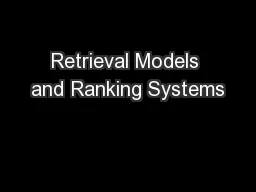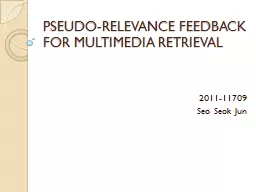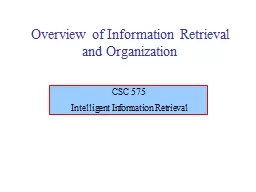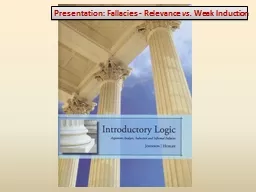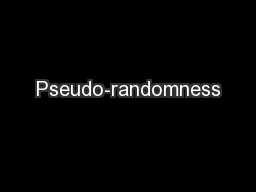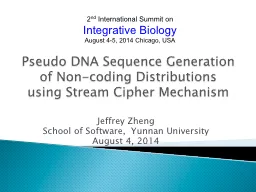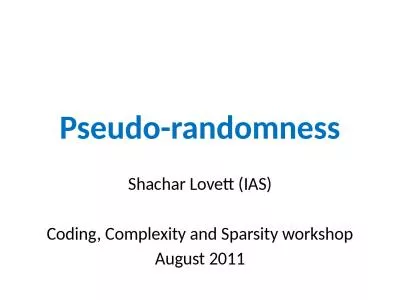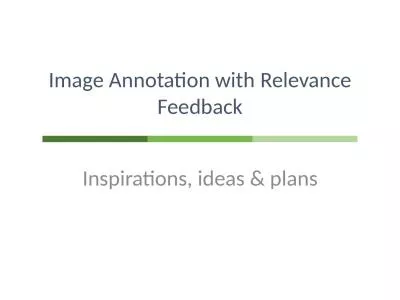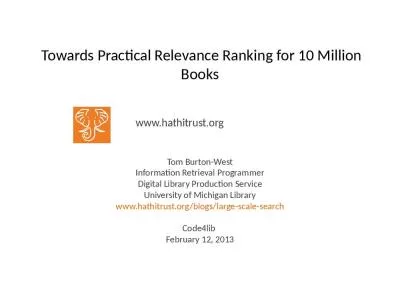PPT-Pseudo-Relevance Feedback For Multimedia Retrieval
Author : min-jolicoeur | Published Date : 2016-06-24
By Rong Yan Alexander G and Rong Jin Mwangi S Kariuki 200811629 Quiz Whats Negative PseudoRelevance feedback in multimedia retrieval Introduction As a result
Presentation Embed Code
Download Presentation
Download Presentation The PPT/PDF document "Pseudo-Relevance Feedback For Multimedia..." is the property of its rightful owner. Permission is granted to download and print the materials on this website for personal, non-commercial use only, and to display it on your personal computer provided you do not modify the materials and that you retain all copyright notices contained in the materials. By downloading content from our website, you accept the terms of this agreement.
Pseudo-Relevance Feedback For Multimedia Retrieval: Transcript
Download Rules Of Document
"Pseudo-Relevance Feedback For Multimedia Retrieval"The content belongs to its owner. You may download and print it for personal use, without modification, and keep all copyright notices. By downloading, you agree to these terms.
Related Documents



